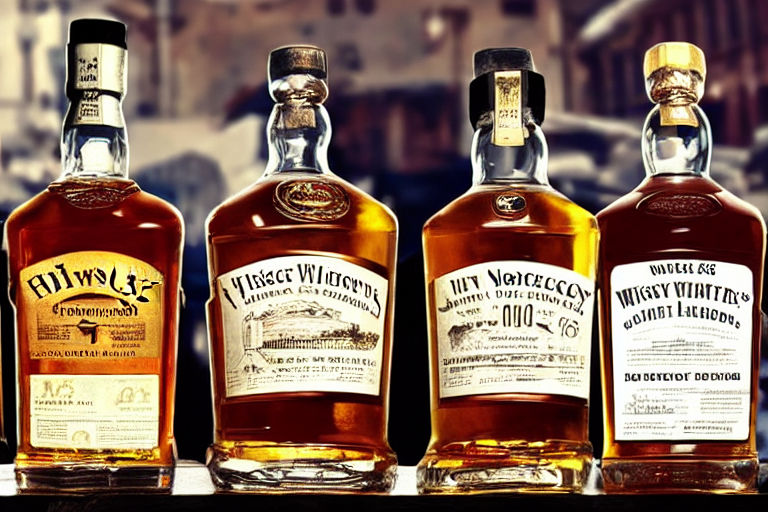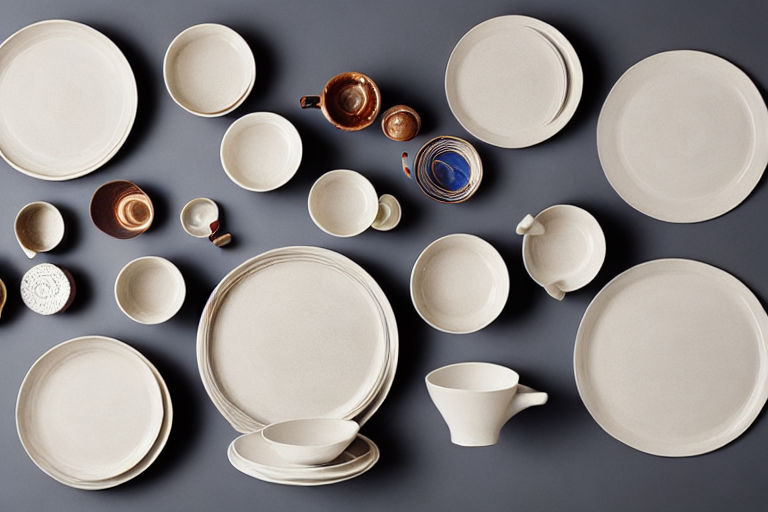The History of Whiskey: How the Famous Beverage Came to Be
Whiskey is a beloved alcoholic drink enjoyed by people all over the world. But have you ever wondered about the origins of this famous beverage? Here's a brief overview of the history of whiskey and how it came to be.
Whiskey's Early Beginnings
The first documented distillation of whiskey occurred in Ireland in the early 15th century. Monks had brought the technique of distillation back to Ireland from their travels in Mediterranean countries. Whiskey was originally used for medicinal purposes, as the distilled alcohol was believed to have healing properties.
The Spread of Whiskey
Over time, whiskey production spread from Ireland to Scotland and then to North America. When Scottish and Irish immigrants moved to the United States, they brought their whiskey-making skills with them.
In the late 18th century, whiskey production became a major industry in Kentucky. This is where the famous bourbon style of whiskey originated, named after Bourbon County, Kentucky. Today, bourbon is recognized as a uniquely American style of whiskey.
Prohibition and the Rise of Distilleries
Whiskey production was heavily affected by Prohibition, which lasted from 1920 to 1933 in the United States. During this time, the production and consumption of alcohol was illegal. However, many people continued to make and sell alcohol illegally, leading to a rise in organized crime.
After Prohibition ended, whiskey distilleries began to pop up all over the United States, from small craft distilleries to large, well-known brands. Today, whiskey is produced in many countries around the world, including Japan and Australia.
Conclusion
Whiskey has a long and fascinating history, from its humble beginnings in Ireland to its widespread popularity today. Whether you enjoy a classic bourbon, a Scottish single malt, or a Japanese whiskey, there's no denying the appeal of this timeless beverage.



